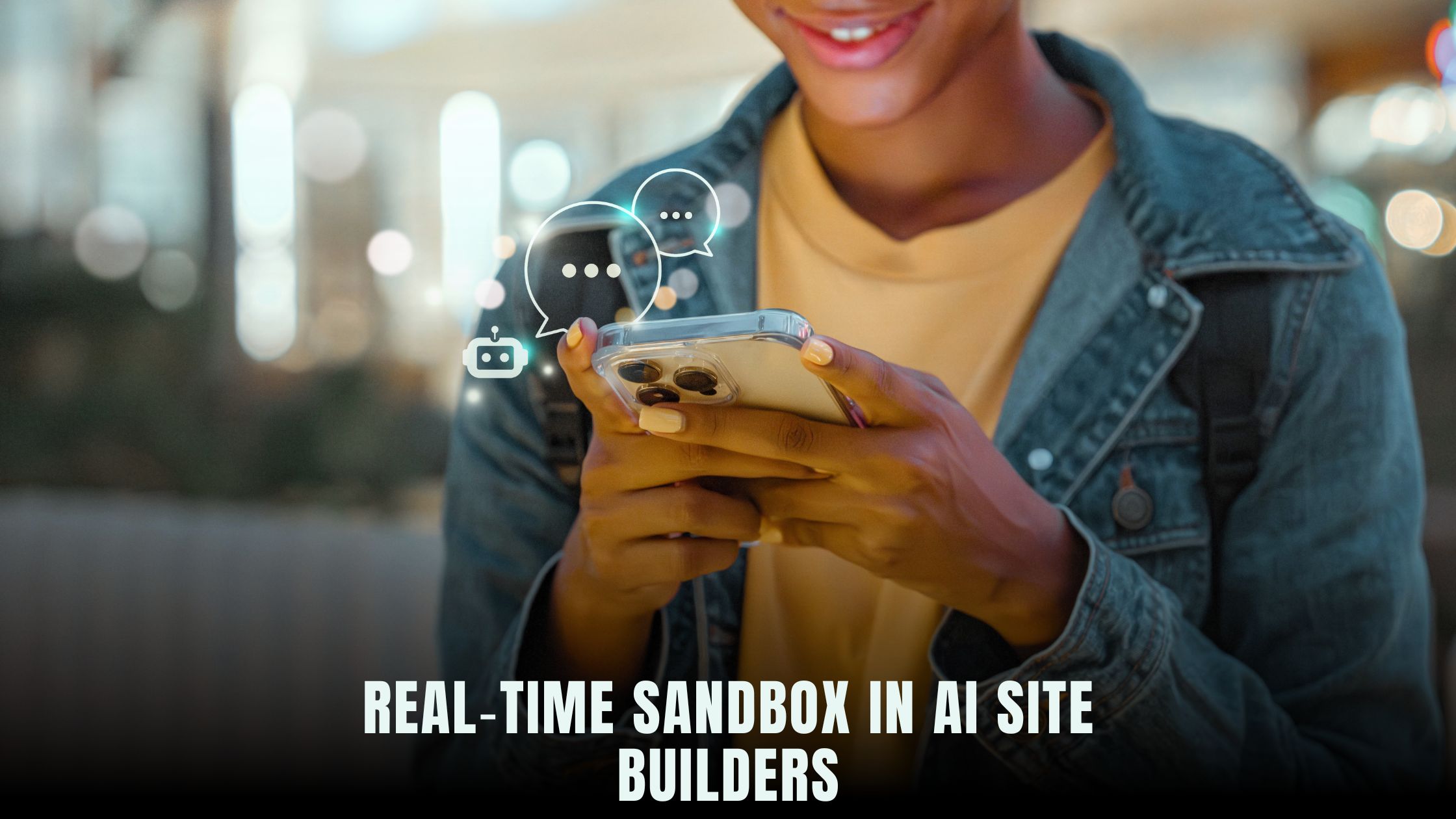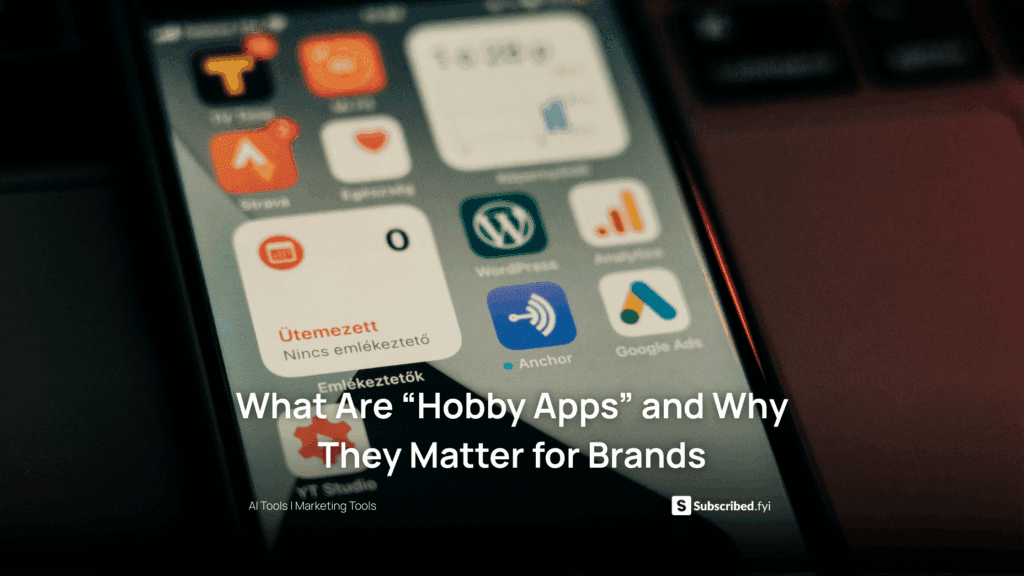What Is a Real‑Time Sandbox in AI Site Builders?
- WebOps Platforms Bug Tracking & Feedback Software Web Development & Design Website Builder


Building and testing new website features used to mean juggling local servers or clumsy staging environments. Today’s AI-driven platforms let you experiment instantly without touching live code. With a real‑time sandbox like the one in Hostinger Horizons, you can draft pages, tweak layouts, and integrate services in an isolated preview—then push changes live when you’re ready. If you want to see how other builders handle live previews, check out the AI-Powered Website Builders List for tools offering instant testing environments.
A robust sandbox environment speeds up development by letting you preview updates in real time. Rather than clicking “save” and waiting through deployment processes, you see results immediately in a secure preview URL. This guide unpacks what makes a sandbox “real‑time,” why it matters for no‑code workflows, and how platforms like Hostinger Horizons integrate these features to help solopreneurs and small teams launch faster.
Understanding Sandbox Environments in Web Development
Traditional development relies on separate environments—local machines, staging servers, and production sites. A sandbox merges these steps by providing an instant, safe space to test changes.
Definition of a sandbox environment
A sandbox is an isolated container where code runs independently from your live site. It simulates the production environment so your tests reflect real user experiences. In no‑code builders, the sandbox spins up automatically when you make edits, showing changes in a private URL.
Evolution from manual staging to real-time previews
Early staging required copying databases and files to separate servers, then syncing back to production. Real‑time sandboxes eliminate these manual steps by creating lightweight instances of your app that refresh instantly as you type or select options. This dramatic shift accelerates feedback loops and reduces deployment errors.
Why Real‑Time Sandboxes Matter in AI Site Builders
AI site builders promise rapid prototyping, but without a quick way to test changes, you risk breaking your live site. Real‑time sandboxes bridge that gap.
Faster feedback and iteration cycles
When you adjust layouts or content via AI chat prompts—such as “add a testimonial slider”—the sandbox immediately reflects those changes. You can iterate on design, copy, and integrations in seconds, gathering feedback before going live.
Safe environment for experimenting with third‑party tools
Integrations like chatbots or analytics trackers can disrupt functionality. In a real‑time sandbox, you can add or remove scripts—“connect Google Analytics ID UA‑123456”—and validate behavior without risking your production site’s uptime or performance.
Core Components of a Real‑Time Sandbox
Real‑time sandboxes combine several technologies to deliver instant previews and safe testing.
Automatic environment provisioning
When you start editing, the platform provisions a container with matching software versions, dependencies, and configurations. Hostinger Horizons, for example, spawns a fresh sandbox in under two seconds, complete with your app’s data and settings.
Live reload and code hot-swapping
As you modify styles or component properties—“change button color to #FF4500”—the sandbox applies updates on the fly. This hot‑swap capability removes the need for full page refreshes, letting you maintain context and speed up design tweaks.
Snapshotting and version history
Each deploy or significant change triggers a snapshot, capturing the sandbox’s state. You can label snapshots—“pre-redesign” or “post-form-update”—and revert individually, ensuring you never lose a working version even after extensive experimentation.
How Real‑Time Sandboxes Work Under the Hood
Sandbox environments rely on containerization, caching, and API orchestration to deliver real‑time performance.
Container-driven isolation
Platforms use Docker or similar container tech to isolate each sandbox instance. This ensures that your tests don’t conflict with other users or your live environment.
Edge caching with intelligent invalidation
To speed up previews, static assets and rendered pages are cached at the edge. When you update a component, the platform invalidates only the affected files, delivering fresh content without full cache purges.
API proxies for backend interactions
Your sandbox routes backend API calls through secure proxies, allowing you to test database queries, authentication flows, and external services without exposing live credentials or data.
Essential Features of AI‑Powered Sandboxes
Not all sandboxes are created equal. Key features include collaborative links, security controls, and performance insights.
Shareable preview URLs
Send a secure link—“preview at sandbox.yoursite.com”—to stakeholders. They can review changes on mobile or desktop, leave feedback, and approve iterations before deployment.
Role-based access and security
Control who can view or edit sandboxes. Hostinger Horizons lets you assign roles (viewer, editor, admin) so collaborators see only the functionality relevant to their tasks, protecting sensitive configurations.
Built‑in performance and accessibility audits
Run automated checks—“audit sandbox for SEO” or “check color contrast”—to catch issues before going live. AI builders like Bolt and Lovable AI embed these audits in the sandbox for continuous quality enforcement.
Designing Workflows Around Real‑Time Sandboxes
Incorporate sandboxes into your development and review processes to maximize efficiency.
Phase-based editing and testing
Break your project into phases—layout, content, integrations—and use separate sandbox instances for each. This avoids cross-phase conflicts and keeps histories clear.
Continuous stakeholder feedback
Embed feedback widgets in the sandbox or use integrated chat options to gather comments directly on specific components. This contextual feedback speeds up revisions and reduces miscommunication.
Coordinated deployments
Link sandbox approvals to production deploy triggers. In Hostinger Horizons, a prompt like “deploy approved sandbox to live” handles DNS updates, SSL issuance, and CDN invalidation seamlessly.
Comparing Sandboxes Across AI Website Builders
While many AI builders offer live previews, their sandbox capabilities vary in depth and flexibility.
Hostinger Horizons real‑time sandbox
Horizon’s sandbox spins up instantly with every change, supports AI‑driven snapshots, and bundles hosting, domains, and email for end‑to‑end testing. Its chat UI lets you “snapshot now” or “restore version from yesterday” without leaving the chat.
Alternative platforms
-
Tempo offers mobile and desktop previews but lacks integrated snapshot labeling.
-
V0 focuses on minimalist themes and live reload but requires manual staging setup.
-
Windsurf supports WebGL previews for interactive sites but has limited role-based access controls.
-
Cursor includes AI code suggestions but sandboxes can be slow on large projects.
Best Practices for Using Real‑Time Sandboxes
Maximize sandbox effectiveness by following these guidelines:
Test small changes frequently
Make incremental edits—text updates, style tweaks—and review in the sandbox before layering on new features. This isolates errors quickly.
Clean up unused snapshots
Archive or delete old snapshots to manage storage and keep version histories relevant.
Document sandbox workflows
Maintain a simple style guide and prompt library so team members know how to interact with the sandbox—“use ‘generate hero section’ for consistent layouts.”
How to Transition from Sandbox to Production
Turning a tested sandbox into a live site involves more than a single click—it’s about preserving stability and performance.
Final checks and audits
Run a full performance test—“audit live site for Core Web Vitals”—and an accessibility audit—“check live pages against WCAG.”
One-click production deploy
In Hostinger Horizons, prompt “deploy sandbox to production,” and watch as the platform handles CDN invalidation, SSL renewal, and DNS updates in under a minute.
Monitoring post-launch
Set up real-time monitoring and analytics integrations—“connect production to Google Analytics”—to track live site performance and user behavior from day one.
Future of Real‑Time Sandboxes in AI Development
As AI site builders evolve, sandboxes will gain new capabilities:
AI‑guided automated testing
Imagine prompts like “run A/B tests on this feature” and the AI spins up multiple sandboxes with variant designs, collects data, and suggests the winner.
Collaborative multi-user editing
Real‑time co-editing within sandboxes, similar to Google Docs, will let teams work simultaneously on different components with live conflict resolution.
Integration with NoCode plugin ecosystems
Sandboxes that support community‑built extensions—payment modules, analytics plugins—installed via chat prompt, expanding functionality without code.
Hostinger Horizons: Elevating the Sandbox Experience
Hostinger Horizons stands out by combining an intuitive AI chat interface with a powerful real‑time sandbox. You request changes in natural language—“add customer review slider”—and instantly preview them. Snapshots capture every state, allowing one‑click restores. Bundling hosting, SSL, domain management, and email into the same workflow means you test end‑to‑end before going live. Expert 24/7 support ensures any sandbox hiccup is resolved quickly, letting you innovate without friction.
Comparing Horizon’s sandbox with other builders
Where other platforms require manual staging setups or separate subscriptions, Horizon’s sandbox is built into the core UI and included in every plan. Its global CDN and smart caching deliver near‑instant previews, and AI‑driven prompts simplify complex tasks like database migrations or API integrations.
Harnessing Sandboxes to Accelerate Your Projects
Real‑time sandboxes redefine how websites and web apps are built. They shrink feedback loops, reduce risk, and empower fast iteration. AI site builders like Hostinger Horizons take this further by merging sandbox capabilities with conversational building, managed infrastructure, and integrated services. By adopting sandbox-driven workflows, you streamline development, engage stakeholders more effectively, and launch high‑quality digital products faster than ever.





